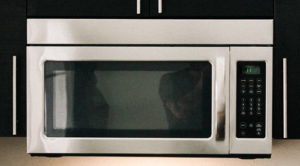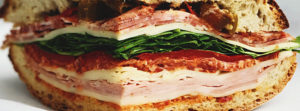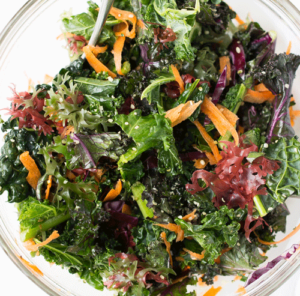I remember the first microwave we had in our house. It was the mid-70’s and my Dad worked for a company called Winchester Electronics based in Watertown, Connecticut. I have no idea if they’re still around, but one of their biggest consumer product lines was microwave ovens. Since he worked for the company he got one at a steep discount for about $550, which was a fortune back then.
 Microwaves have come a long way, but ultimately they haven’t changed that much. The principle is still essentially the same. They use radiation to manipulate the food at the molecular level, making them vibrate by the short radio waves emitted into the food. The vibration creates energy which heats up the food. This is why the food cooks quickly — because all the molecules on the inside are cooking at the same time as the ones on the outside, unlike conventional heat which starts on the surface and makes its way inside the food.
Microwaves have come a long way, but ultimately they haven’t changed that much. The principle is still essentially the same. They use radiation to manipulate the food at the molecular level, making them vibrate by the short radio waves emitted into the food. The vibration creates energy which heats up the food. This is why the food cooks quickly — because all the molecules on the inside are cooking at the same time as the ones on the outside, unlike conventional heat which starts on the surface and makes its way inside the food.
So that’s all I’m gonna say about how microwave cooking works. Now I want to talk about why you might want to avoid using them, or at least minimize their use. Continue reading “Should You Avoid Microwaves?”

 Many people (including myself) will not eat products with these preservatives in them. It’s best to buy organic, nitrate-free meats, and if possible choose meat that has been cooked right there in the store.
Many people (including myself) will not eat products with these preservatives in them. It’s best to buy organic, nitrate-free meats, and if possible choose meat that has been cooked right there in the store.


